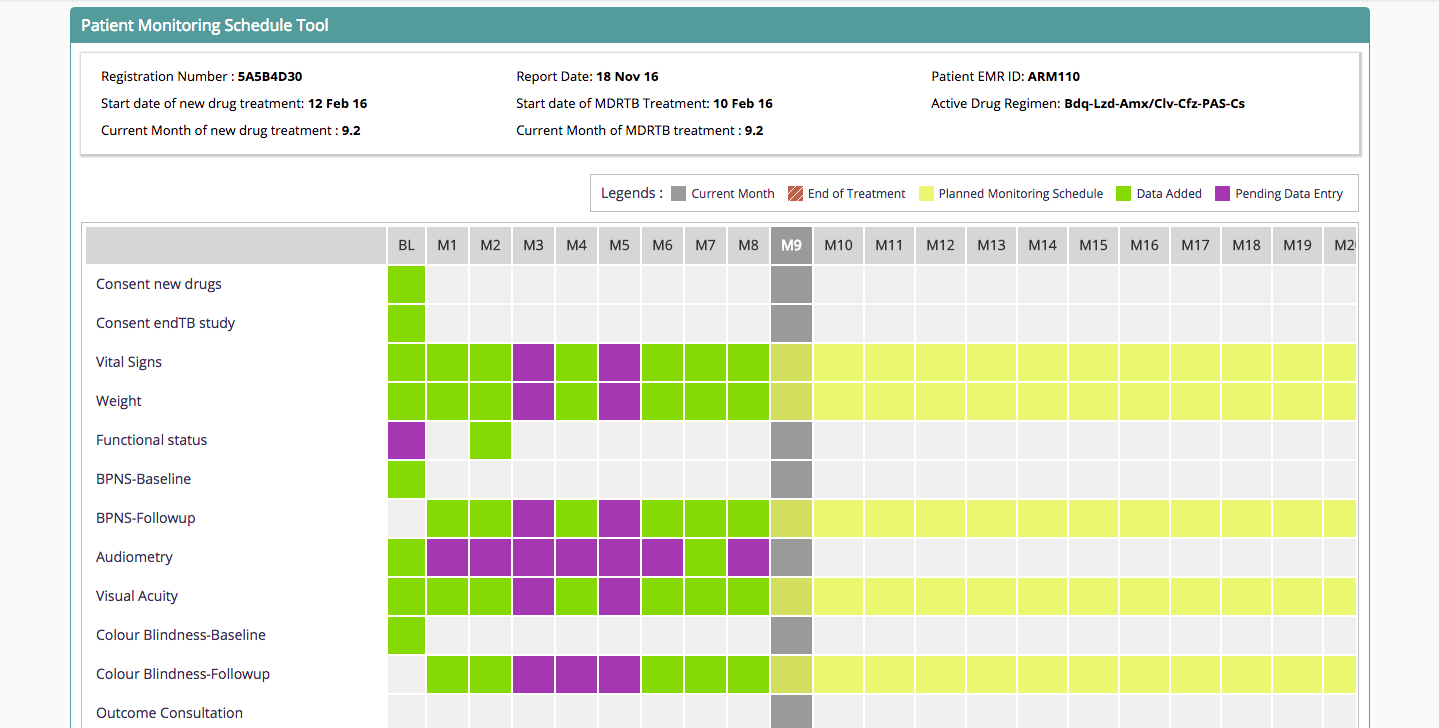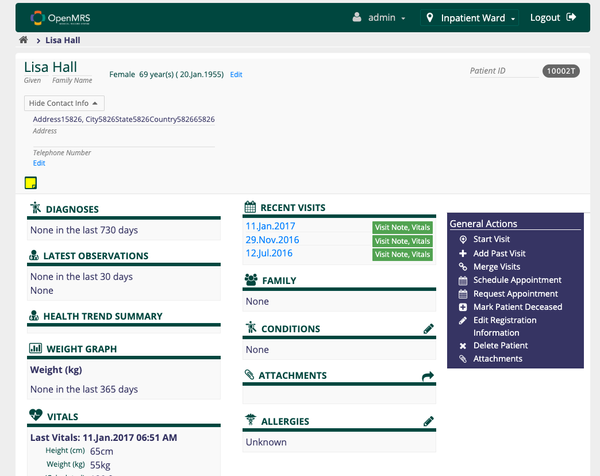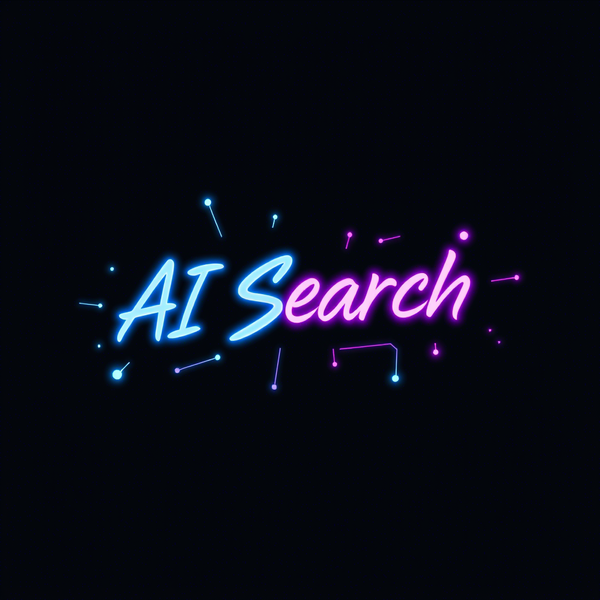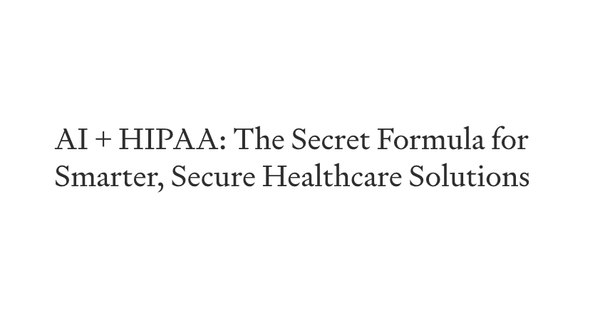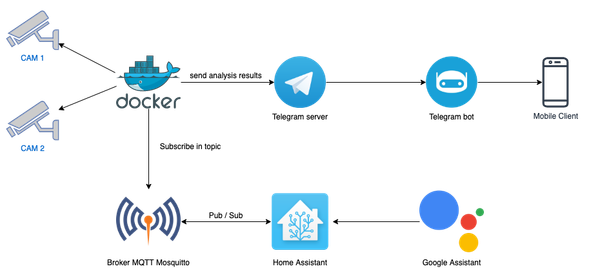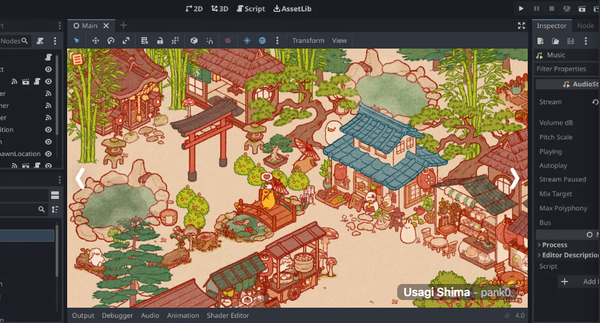Bahmni: Free Open source Modular EMR & Hospital System
Bahmni EMR is an open source solution aimed for supporting health-care services in rural area. It has been built over open source standards and runs on CentOS Linux which is an enterprise-grade community supported stable and powerful Linux Distribution.
Table of Content
Bahmni EMR is an open source solution aimed for supporting health-care services in rural area. It has been built over open source standards and runs on CentOS Linux which is an enterprise-grade community supported stable and powerful Linux Distribution.
Bahmni features may look standard and very similar to many current commercial EMR solutions, But those features are covering up most of the daily used processes and activities in clinical practice. Even more Bahmni is a modular system which means experienced developers can add more modules and extend it's features.
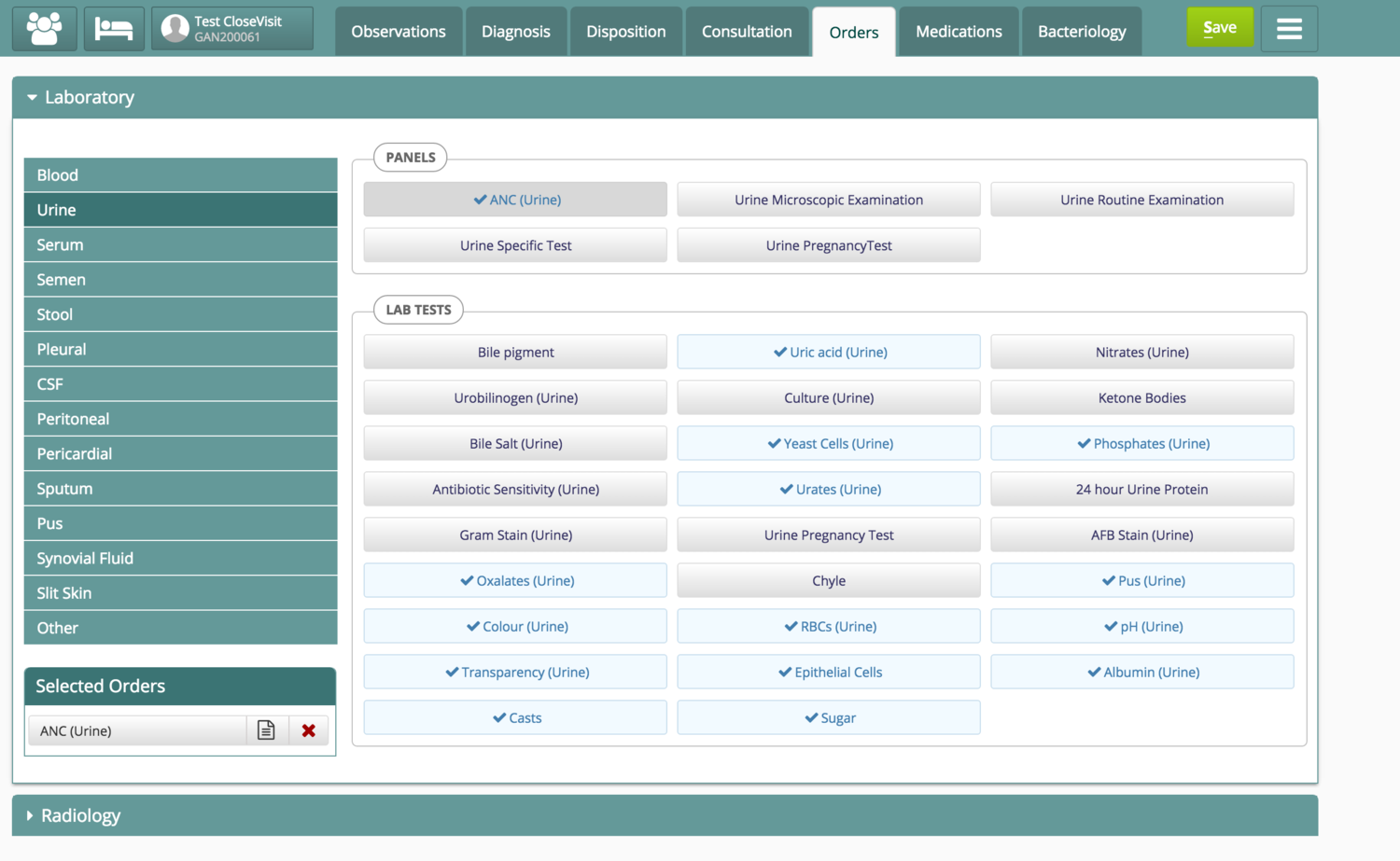
The community Coalition
Before we jump into the features of Bahmni lets define what makes it different than other attempts or open source EMR.
Unlike many healthcare and medical-based open-source solutions, Bahmni is built on a community-supported structure and user feedback system to govern production and ensure continuity. This approach provides a solid and powerful foundation for extending the market of their solution and increasing its value. Bahmni values implementers and third-party service providers who can apply as partners, as well as listening carefully to their users.
Some members of the Bahmni Coalition are medical aid organizations that provide healthcare services in rural and low-income areas with limited resources. These organizations may not have the resources to operate enterprise solutions or to hire experienced users to work with complicated and advanced systems.
As described by " Arvind Sethia "Bahmni is Designed for People with Low Digital Literacy, and to run in low resource environments.
Successful implementations in several countries and different health-care settings*
Thanks to the flexibility and solid governance model of the core team and Bahmni coalition, Bahmni has been successfully implemented in many hospitals across different countries, including India, Bangladesh, Cambodia, Nepal, Sierra Leone, Pakistan, Ethiopia, and the Philippines, through its implementer.
The Features and the core Modules
- Patient Registration
- Patient Records Management
- In-patient Management : includes patients transfer, discharge and admission events, Ward management, beds monitoring.
- Patients Lab management including Sample Tracking
- Embedded Laboratory Management Patient centered to track and report patient samples.
- PACS/ DICOM Ready*
- Stock Management
- Billing and Accounting
- Reporting System which has the exporting set ready for exporting to Microsoft Office excel and spreadsheet applications.
The User Interface and work flow
Bahmni has an effortless and simple user interface that accommodates users from different IT backgrounds. It provides easy navigation to the required sections with just a few clicks, using Information Cards to display information based on priority and highlight important data.
Additionally, it offers many data visualization tools to display results such as growth charts, BMI charts, and useful patient monitoring time over their visits to the clinic.
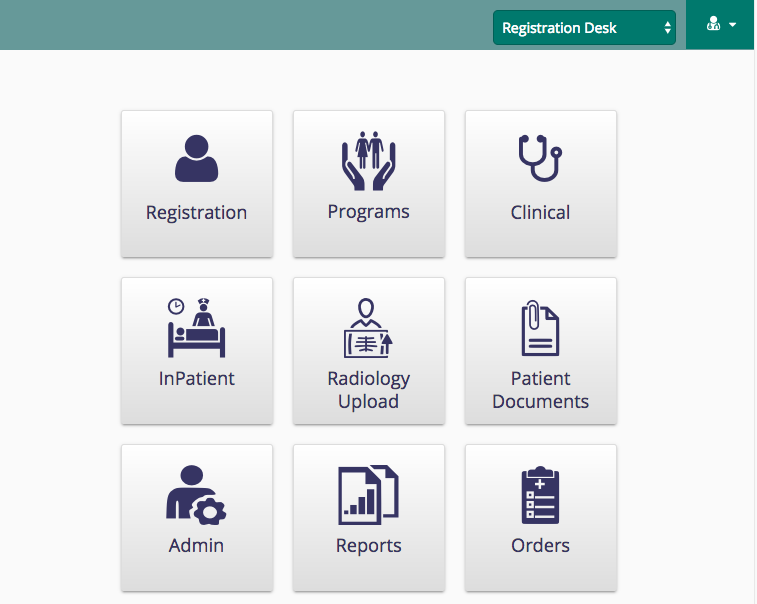
The medication follow-up diagram is a useful and feature-rich tool for doctors to keep track of their patients' medications.
Implementation
Bahmni is an open-source Linux distribution that requires technical skill to configure and manage. Implementers offer implementation services in different countries, but business owners or managers may prefer to hire a skilled Linux administrator for installation and support. Note that the installation process is not simple for users with little or no Linux experience and without coding capability.
Modules and Integrations
Bahmni seems to embody the quote, "If your system is not extendable, it's dead", by releasing different modules as core modules to add more functionality or integration modules to integrate their system with other solutions like OpenERP. They also offer service integration with AWS (Amazon Web Services).
Offline mode
What happens in cases of connection issues? One solution is to use JavaScript technologies to perform operations on the client-side, such as registering new patients, and then synchronizing the data as soon as a connection is established. Bahmni has utilized this concept effectively.
Bahmni uses the "localStorage" browser database to save data and synchronize it as soon as a connection is established. This feature is currently available on the Chromium and Android apps.
Security
Although the solution is solid and built to run on one of the most security-oriented Linux distributions, it still requires a good system administrator to keep it secure, upgraded, and maintained. It is misleading to assume that it's a solid build just because it's free and open source. Many business owners or managers may think that it can be installed, run, and forgotten.
Conclusion
Bahmni may have been introduced and effectively used in some developing countries, with good intentions of providing a powerful solution and effective tools for doctors working in such areas. However, it also has features that can compete with commercial-based EMR solutions.
But features alone are not enough to compete. From my point of view as a doctor and a developer, I believe Bahmni is gaining more ground because of its community-driven model and how the core team utilizes it to gain more users. By having more users and listening to them to improve the solution, gaining more advanced users with different IT and medical experiences, and expanding the community, Bahmni can compete more with commercial-based solutions in other countries.
Resources
Read More
- Top 20 FREE and Open Source EMR - EHR for Windows, Linux and Mac OSX
- 10 Open source & free HIS - Hospital Information systems
- Top 10+ free open-source PHP-based Cloud-ready EMR/EHR

